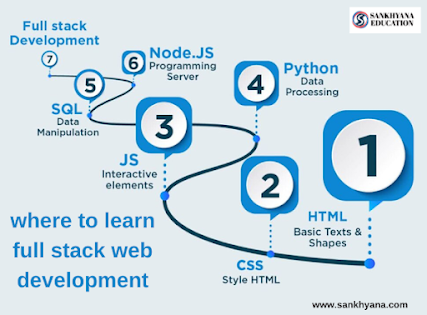Boosting Techniques Explained & Executed
Boosting Techniques Explained & Executed
In the realm of machine learning, boosting techniques have emerged as powerful algorithms that significantly improve the predictive accuracy of models.
Introduction:
In the realm of machine learning, boosting techniques have emerged as powerful algorithms that significantly improve the predictive accuracy of models. Boosting is an ensemble learning method that combines multiple weak learners (typically decision trees) into a strong, high-performing model. This article will delve into the fundamentals of boosting, exploring popular boosting algorithms, and demonstrate their execution using Python.
Understanding Boosting:
Boosting algorithms work on the principle of sequential learning. They iteratively build weak learners, giving more weight to misclassified instances in each iteration, thereby focusing on the samples that are harder to predict. By combining these weak learners, the final boosted model achieves enhanced accuracy and generalization.
Popular Boosting Algorithms:
1. AdaBoost (Adaptive Boosting):
AdaBoost is one of the pioneering boosting algorithms. It assigns weights to data points and trains weak learners on different weighted datasets. It then combines the weak learners using a weighted sum to make predictions. Misclassified samples from each round receive higher weights in subsequent rounds, leading to better accuracy.
2. Gradient Boosting Machines (GBM):
Gradient Boosting Machines build weak learners in a way that minimizes a loss function, such as mean squared error. It uses gradients to identify the errors made by the previous weak learners and aims to correct them with the next learner. GBM is robust and widely used due to its ability to handle various data types and its natural handling of missing values.
Execution of Boosting Techniques in Python:
Let's demonstrate the implementation of AdaBoost and Gradient Boosting Machines using Python's popular machine learning libraries, scikit-learn.
```python
# Step 1: Import necessary libraries
import numpy as np
import pandas as pd
from sklearn.model_selection import train_test_split
from sklearn.ensemble import AdaBoostClassifier, GradientBoostingClassifier
from sklearn.metrics import accuracy_score
# Step 2: Load and prepare the dataset (replace 'data.csv' with your dataset)
data = pd.read_csv('data.csv')
X = data.drop('target_variable', axis=1)
y = data['target_variable']
# Step 3: Split the data into training and testing sets
X_train, X_test, y_train, y_test = train_test_split(X, y, test_size=0.2, random_state=42)
# Step 4: Implement AdaBoost
ada_boost = AdaBoostClassifier(n_estimators=50, random_state=42)
ada_boost.fit(X_train, y_train)
ada_predictions = ada_boost.predict(X_test)
ada_accuracy = accuracy_score(y_test, ada_predictions)
print("Accuracy using AdaBoost:", ada_accuracy)
# Step 5: Implement Gradient Boosting Machines (GBM)
gbm = GradientBoostingClassifier(n_estimators=100, learning_rate=0.1, random_state=42)
gbm.fit(X_train, y_train)
gbm_predictions = gbm.predict(X_test)
gbm_accuracy = accuracy_score(y_test, gbm_predictions)
print("Accuracy using Gradient Boosting Machines (GBM):", gbm_accuracy)
```
Conclusion:
Boosting techniques like AdaBoost and Gradient Boosting Machines have proven to be effective in improving model accuracy and predictive performance. By combining weak learners into a strong ensemble model, boosting algorithms can tackle complex datasets and provide accurate predictions. As demonstrated in this article, implementing boosting techniques using Python's scikit-learn library is straightforward, making them accessible to data scientists and machine learning practitioners. When applied judiciously, boosting techniques can unlock the full potential of machine learning models, leading to better decision-making and valuable insights from data.
.png)

.png)

Comments
Post a Comment